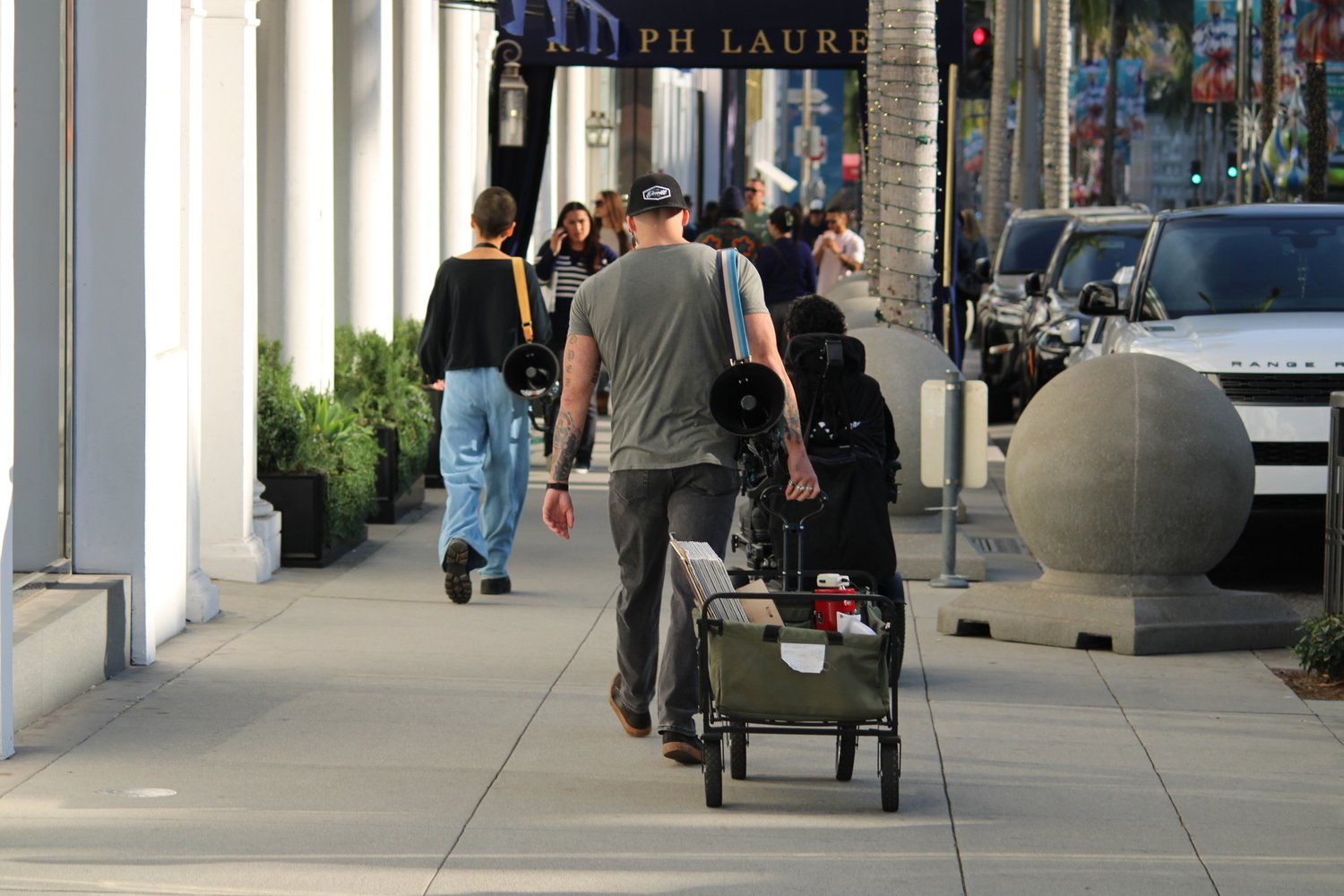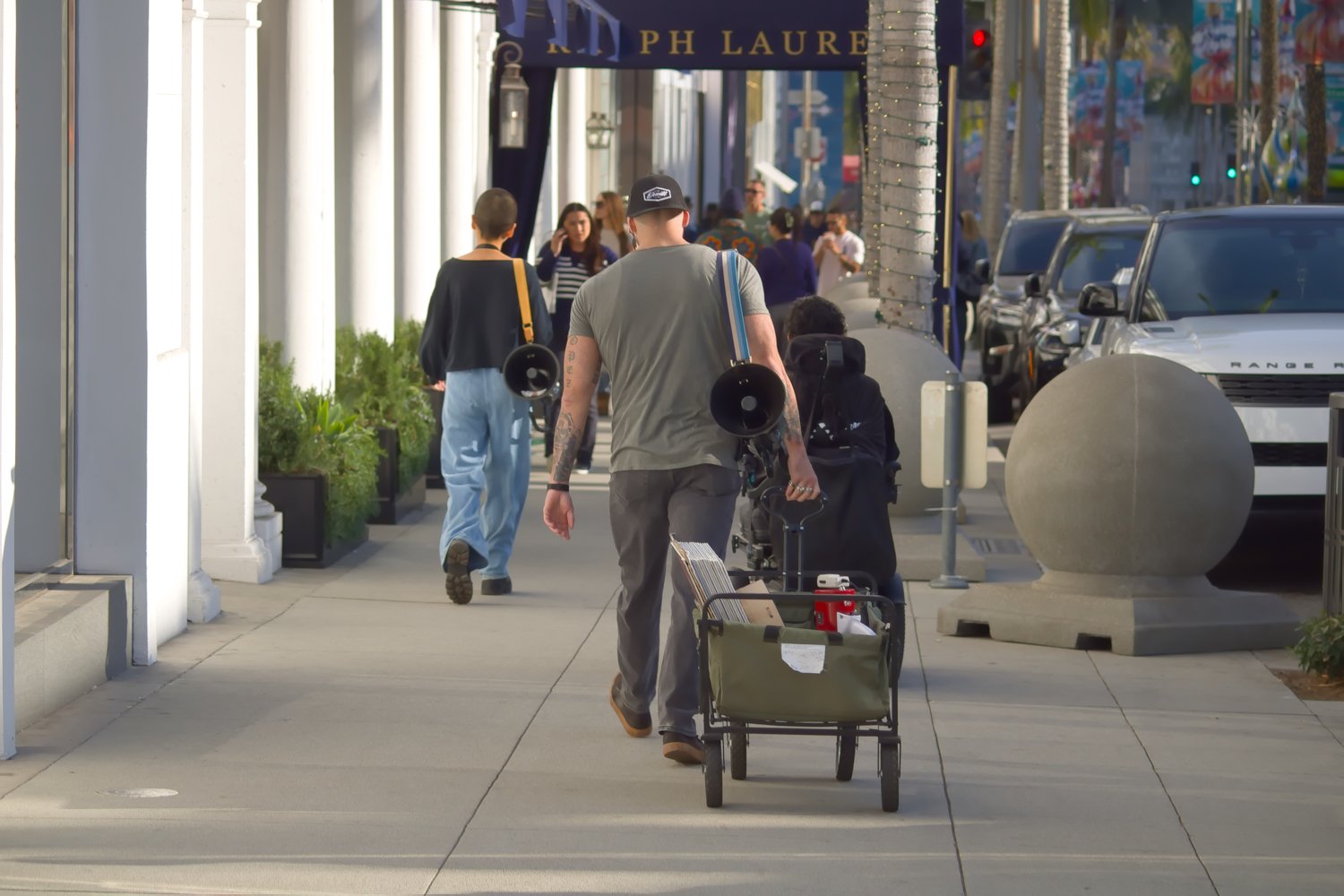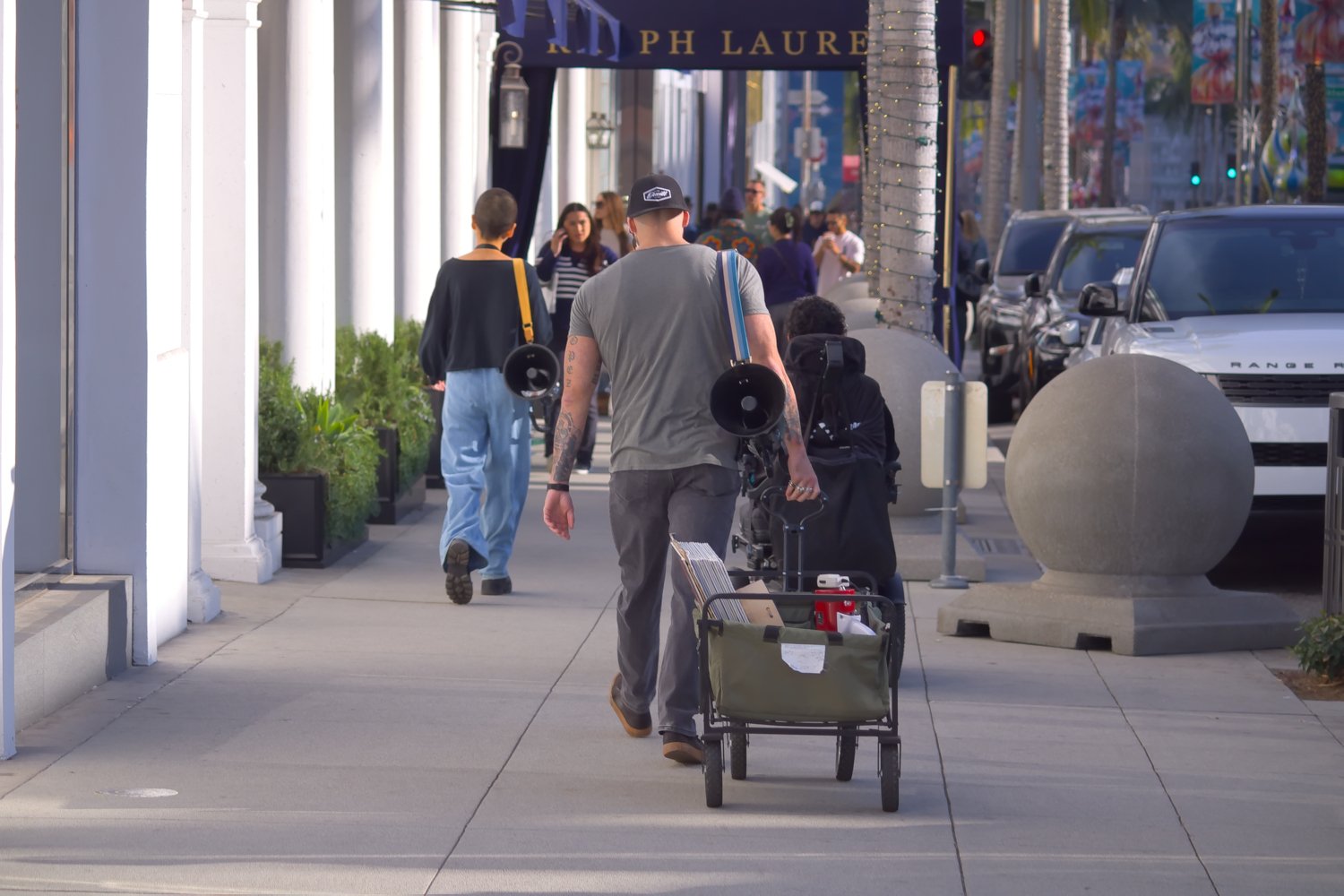Right now, at least for this type of shooting I was doing, I was going more for subtle editing. However, I’m new to both photography and editing. I’ve set my Rebel T7 to shoot both high-def JPG and RAW because some pictures I’ve taken I haven’t wanted to touch up a lot for one reason or another.
I’m dipping back into editing, and was hoping for some input into shooting tips and editing the photos.
 This is the JPG the camera generated.
This is the JPG the camera generated.
 This was my first RAW edit. Untouched white balance with increased saturation, vibrancy, and a little noise reduction.
This was my first RAW edit. Untouched white balance with increased saturation, vibrancy, and a little noise reduction.
 This is the next RAW edit where I allowed an auto adjustment of the white balance (The lighting was 2pm in Beverly Hills, if that adds context) and actually used less noise reduction.
This is the next RAW edit where I allowed an auto adjustment of the white balance (The lighting was 2pm in Beverly Hills, if that adds context) and actually used less noise reduction.
Thank you in advance. I know these pictures aren’t very good, but I know I gotta keep working at it if I ever wanna get any better.

Have you tried what Canon DPP calls Gamma Adjustment, or what I think of as “the Histogram Tool”? Depending on your tools, it should at least have a top (light), middle and bottom (dark) marker that you can slide. The most impactful is the middle one, pushing it towards the top (light) end, can add impact (greater changes in brightness in the middle of the range) and remove a washed out look, whereas going the other way can bring out some milder darker areas without affecting the strong darks and lights. To me, it seems likely the JPG had that midpoint pushed a little towards the top end, so that the JPG feels less washed out than the RAW.
Loosely, Gamma Adjustment allows a more controlled change from just an overall Brightness Control, withe Shadows and Highlights controls somewhere in between.
Less relevant here, but the top marker can be used to bring overblown pixels back into having graduations and throwing away the detail in a boring grey/white sky (opening up a greater range of brightnesses elsewhere), while the bottom marker can throw away the detail in the darkest shadows.
In passing, if your third party tools “start” with your RAW photo displaying differently to the JPG you might benefit from looking at Canon’s own tools. I’m guessing Canon DPP4 still works with your camera’s photos, and if so, it’s both free and remarkably powerful for a free tool - though it’s mostly only about global edits. It also “starts” at what your camera would do before saving as a JPG. You can probably work in DPP, save in TIFF format, and import that TIFF into your third-party tool and not lose any of the information to allow detailed editing, alternative de-noising, balancing and sharpening approaches, etc.
In passing, don’t be too dismissive of your shooting skills - that picture is sharp, interesting subject, and nicely cropped or framed. Not a prize-winner, but worth keeping.
I’ll look into it, but it seems like it only supports windows.
Thank you for the compliment. A lot of these shots are less than stellar because I had to be quick, usually, and I haven’t really gotten that down too well.
Ah, there I am making assumptions again!
Still, some sort of histogram tool should be present any anything that pretends to process RAW files, and is often my only post-processing after cropping (admittedly, for bird photography, where I don’t usually want to tamper with colour).
On speed - the real trick on situations that change is to train yourself to take any sort of shot first for the memory, and only then think about framing, angle, best focus technique and all those sorts of things that take time and lead to missing the opportunity all together.